Not sure whether your style is Mountain Modern, Rustic, Contemporary or Modern Farmhouse? Maybe it’s somewhere in between or a combination of a few different styles.
Talie Jane Interiors takes a look at nine prominent design styles. Which one speaks to you? Take the quiz at the end to see which is your best match.
Mountain Modern
What is Mountain Modern Design?
Mountain modern Interior design style is the newest trend in interior design. This distinctive style is characterized by clean lines, natural materials, neutral colors, and lots of light. It was inspired by rural living in the Rocky Mountains and prairie-style homes. Clean lines and an uncluttered interior are the hallmarks of contemporary mountain design. The design is focused about panoramic view and a fully relaxed feeling, with open layouts and lofty ceilings. (1)
History
The origins of mountain architecture in America came from the earliest non-native peoples who chose to venture into the untamed mountainous areas of the country. The structures they built were a direct response to the environment they were in. They had to be made from native materials because transportation means were primitive and they had to be robust to withstand harsh weather and deep snow. Un-milled logs, rough timbers and natural stone were then norm and the rustic beauty of these materials became part of the style.
One precedent for the mountain architecture we see today began during the Industrial Revolution in the late 1800s. In the Adirondack Mountains of New York, wealthy, educated city dwellers would retreat from the crowded eastern seaboard cities to “Great Camps” that were being developed around the numerous lakes in this untamed wilderness. (2)
The Design
Individual interpretations of the style are unique and varying, yet the overall components remain consistent. Largely defined by architectural features, mountain modern interiors consist of fresh spaces using local materials, neutral color palettes, and a combination of wood contrasted with wrought iron and stone. The key is to blur the lines between natural and man-made to marry our native surroundings with our interiors. (3)
Pair down your color palette to a defined range of neutrals. Let artwork and unique accessories add depth to your home. Incorporate a statement piece, such as a sideboard, to your great room and highlight the space with a unique accent chair. Soften the space with a cowhide rug, fur pillows and blankets, and leather upholstery. Consider including items made from reclaimed or natural wood. Local antiques and Native tonal designs are fantastic additions to incorporate both history and personality. (3)
Characteristics
- Large windows and doors, natural light
- Indoor/Outdoor living
- Neutral colors and exposed steel – mixing of materials and textures
- Clean lines, no clutter
Tips to achieve this style
- Declutter: Reflection of clean, natural elements.
- Natural Light: Lighten up the room with big windows and fewer dark colors on the walls.
- Textures: The architectural elements, from refined glass to hard stone, robust timber, and textured masonry, form part of the décor.
- Colors: Neutral color schemes, such as white and gorgeous gray, rather than brighter hues such as red, yellow and green to complement the natural wood and stone materials as well as the steel.
- Massive glass windows interrupt the walls and to frame stunning lake, city and mountain views. (1)
Modern Farmhouse
What is Modern Farmhouse Design?
Comfy, cozy, and full of charm, modern farmhouse style is as popular as ever. Shows like HGTV’s Fixer Upper showcase this chic style in all its comforting glory, and people are still flocking to the look. In many ways, it grew as a response to the minimalist trend that was popular in the 1990s and early 2000s. For the past few years, people have been looking to embrace tradition and surround themselves with things that make them feel good—but with a modern twist reflective of the times. (4)
History
Modern farmhouse style evokes feelings of warmth and comfort. It’s traditional without being fussy, classic without being like a museum, and comfortable in a way that makes you want to put your feet up and stay a while. While classic farmhouse style evokes homesteads with plenty of vintage furnishings and traditional fabrics, modern farmhouse style is a bit less rustic and adds more contemporary touches like a neutral color scheme and smooth lines. Modern farmhouse is all about mixing comfortable furniture with salvaged materials like reclaimed wood. Antiques are right at home in modern farmhouse interiors, but none that are too delicate to touch. Everything is tactile and tangible. Most of all, modern farmhouse style is cozy without being cluttered. (4)
The Design
Modern farmhouse is a celebration of the historic form, updated with interiors that embrace a contemporary design perspective. The relationship between the old and the new must be considered and work in tandem with one another – the harmony is essential.
Although similar to country style, country tends to lean a little towards kitschy whereas farmhouse retains a certain level of sophistication. Country relies heavily on accessories while farmhouse keeps them to a minimum.
Characteristics
- Approachable and comfortable
- Lived-in with a worn look
- Family-friendly
- Combo of textures
- Practical and functional designs
Tips to achieve this style
- Apron sinks
- Open shelving
- Mix of old and new (contemporary materials with weathered finishes)
- Update existing furniture
- Stick to neutral colors
Modern
What is Modern Design?
Modern design is an interior design style characterized by a monochromatic color palette, clean lines, minimalism, natural materials, and natural light. It refers specifically to a historical aesthetic movement that took place during the early to mid-twentieth century. Though it is often confused—or used interchangeably—with the term “contemporary design,” modern design is its own distinct style. (5)
History
Modern Design is rooted in modernism, the turn-of-the-century movement characterized by an emphasis on abstract thinking, functionality and stark, simple forms. You can trace the origins of modern design to German Bauhaus design and Scandinavian design.
Modern home design grew out of the modern art movement which rejected the maximalist tendencies of Victorian design in favor of form-follows-function philosophy. New technologies, industrialization and access to building materials like steel and concrete also informed modern art and architecture from the 1920s to early 1950s. Clean lines, floor-to-ceiling windows, open living spaces and flat roofs became the dominant style of this era. (5)
The Design
Modern design refers to the aesthetic style of a specific historical moment, whereas contemporary design refers to the ever-evolving styles of the current moment. Contemporary style does not encapsulate a specific philosophy of design but is instead a blanket term given to describe the interior design trends of today, which are not necessarily rooted in any particular design style.
Characteristics
- Clean Lines
- Minimal home décor
- Warm neutral colors
- Open Floor Plan
- Low and long furniture
Tips to achieve this style
- Focus on wall art
- Choose time period furniture pieces – low and long
- Line everything up! Strong horizontal and vertical lines
Contemporary
What is Contemporary Design?
Okay, now if you’re thinking current trends, you’d be right! By definition, contemporary refers to “living or occurring at present.” Coming about in the 1970s, the contemporary interior design style was truly a unique trend. Initially, it wasn’t a style of its own, but a convergence of multiple styles and ideas such as Modernism, Postmodernism and Art Deco. This design style is very much “in the moment” and ever evolving. (6)
History
Contemporary, in its core, refers to “in the moment,”. Dating back to the 1970s, the contemporary interior design style was truly a unique trend, as it borrowed elements from several other design styles. Initially, it wasn’t a style of its own, but a confluence of multiple styles and ideas such as Modernism, Postmodernism, De-constructivism, Art Deco, Futurism etc. (6)
The Design
Contemporary Interior Design has taken the world of design by storm. The intricate detailing and beauty of modern design and art have filled the corners of many homes, making it one of the finest interior trends today. (6)
Clean, smooth surfaces and an uncluttered appearance characterizes the style. Moreover, the new decade has seen the revival of some of the better-faceted trends that were not only popular for its time, but a common go-to style for many homes around Europe and America. (6)
When looking at contemporary interior design styles of now, you’ll find neutral palettes, curved lines, and prominent minimalism; these are all the basic elements that shape this trend. If you’re a lover of sleek and sophisticated interiors, contemporary interior design is just perfect for you! (6)
Characteristics
- Curved and sculptural lines
- Stark Neutral Colors
- Architecturally advanced
- Evolves with trends
Tips to achieve this style
- Use a mix of materials
- Be mindful with lighting choices – clean and current
- Use a minimalist color pallet – black, white, grey
- Choose artistic furniture pieces
- Simplified forms
- Statement art pieces
Eclectic
What is Eclectic Design?
Eclectic style is a type of interior design that blends different styles and motifs together to create a unique aesthetic. It is based on furniture pieces you adore, style elements you love, eclectic style is you-style.
History
The word eclecticism is derived from the Greek word eklektikos, which loosely means “to choose the best.” While the term was often used in philosophy—i.e., picking only the best doctrines from a range of established schools of thoughts to create one’s own—the concept transitioned well into architecture in the late 19th and early 20th centuries. Rather than sticking to a single architectural movement like Neoclassicism, Gothic Revival, or Byzantine, architects selected elements from a variety of styles to create a brand-new look. Eventually, this design philosophy transferred inside to the world of décor. (7)
The Design
Eclectic style is all about harmony and the coming together of disparate styles, juxtaposing textures, and contrasting colors to create a cohesive room that doesn’t look out-of-place. This design style takes verve as well as an eye for beauty which makes it one not many people attempt to take on at their own homes but when they do allow themselves the opportunity, there are often stunning results. (8)
Though it may seem like eclectic style should feel disjointed and a little chaotic, a successful décor scheme should actually feel unified, with every design decision being a very deliberate one. Believing that eclectic décor can be a mishmash of items strewn together is one of the main reasons getting eclectic to work is so hard. Eclectic interior design still follows basic functions of interior design, but without such strict rules. (8)
Characteristics
- Mismatched Furniture
- Combination of Old and New
- Incorporation of Global Influence
- Gallery Walls
- Mixing of patterns and textures
- Standout Pieces
Tips to achieve this style
- Choose a color palette
- Balance bold furnishings with neutral walls
- Use patterns and textures
- Create gallery walls
- Use different furniture styles
- Use statement objects and pieces
- Avoid the mess – don’t over clutter the space
Traditional
What is Traditional Design?
A traditionally decorated home combines refined furnishings with elegant lighting, inviting color combos, and classic patterns for a dignified, familiar feel. A traditional home is expertly curated, from the individual pieces to a room’s layout, yet this time-treasured look isn’t hard to achieve. (9)
You might tend to shy away from traditional design out of fear that it’s boring, predictable, stuffy—and it totally can be. But some of its facets are truly interesting, and since it incorporates a lot of antiques, traditional design gives the opportunity to stumble upon some pretty cool pieces. (10)
History
As you would have probably surmised, traditional design is inspired by, well, tradition. It’s a timeless style taking cues from the 18th and 19th centuries, incorporating classic art, antiques, and pieces with history. Though you’ll most often see traditional design influenced by European Decor, it can actually incorporate elements from England, France, or even the far east. “Styles and pieces reflect historical design elements using natural materials and colors. (10)
The Design
Since order and consistency are essential, character comes in through details. Accessories are grand, like candle holders, vases, and chandeliers, and china, silver, and gold are commonly used. You’ll find architectural details like crown moldings, columns and wood paneling used through traditional design, which add a bit of opulence to a room without looking too ostentatious. Rooms are often centered around a focal point, like a fireplace or oil paintings. (10)
True, traditional designs orderly aesthetic can feel boring and staid, but it’s predictable for a reason. Consistency is key, as traditional design seeks to create a calm, orderly space, so furnishings will match, symmetry is huge, and everything seems to just go together. Wild and chaotic do not jive with traditional design. (10)
Characteristics
- Comfort
- Symmetry
- Ornate Details – regal influence
- Rich color palette – dark, warm tones
- Refined furnishings
- Elegant lighting
- Classic patterns
Tips to achieve this style
- Start small with a wingback chair or elegant throw pillows and work your way up.
- Opt for traditional silhouettes upholstered in modern or geometric patterns.
- Incorporate family heirlooms.
- Match your metals and woods. While current style is all about mixing metallics and wood tones, traditional style requires consistency.
Transitional
What is Transitional Design?
Whereas traditional design can sometimes feel prim and stuffy, and modern design can lean too heavily on the sleek and streamlined look, transitional design samples elements from each aesthetic to form an equally classic and fresh feel. Think of transitional design as having the best of both worlds. At its core, transitional style is a measured balance of various characteristics of traditional and modern design. It combines curves with straight lines, it’s airy and polished, and it’s textured but not cluttered. Transitional style exudes serenity, harmony, and calmness.
Some people fit clearly into one box when it comes to style. You probably have that friend who loves modern everything, while another can’t get enough of antique or classic pieces. Are you somewhere in the middle? If so, transitional style just might be exactly what you’ve been looking for. (11)
History
Often described as “classic with a modern take”, transitional design style took off in the 1950s as a response to the stark modern and mid-century modern styles of the previous era.
Fatigue from the stark, streamlined elements of modernism and post-modernism led to the adoption of cozier pieces, reminiscent of traditional style, which has always married comfort with elegance. Think of the root of the word ‘transit’ as being something traveling between two destinations. Those are the worlds of traditional and modern design, with transitional as a middle ground that combines elements of both. (12)
The Design
The concept of transitional style is blending modern and traditional styles to create a classic, elegant look. The hallmarks of transitional style include a neutral color palette, organic textures, minimal artwork and accessories, and comfortable furniture. (11)
In a transitional interior, you can find a classic, deep-seated sofa paired with a more mod graphic throw pillow, a Victorian-inspired chandelier hanging overhead, and off-white linen drapes framing windows, lending polish and finish to the scene. But there’s a lot more to transitional spaces than just picking out random elements from the two aforementioned styles, and a thoughtful, curated approach to decorating is at the core of any well-designed transitional space. Simply put, transitional style means striking a balance between contemporary and traditional elements in a home’s design. (12)
Characteristics
- Neutral color palette
- Organic textures
- Minimal artwork and accessories
- Bold, comfortable furniture
Tips to achieve this style
- Choose soft and subtle colors, not bright or high-contrast.
- Have the majority of color be seen in accessories, textile and art
- Carefully select accessories – keep it minimal
- Focus on simplicity and sophistication of the design
California Style
What is California Casual Design?
Also known as “California Cool” or “California Casual”, the California Style of interior design is a relaxed aesthetic that effortlessly juxtaposes Mediterranean tones and natural materials, resulting in light, airy, welcoming spaces. (13)
History
The California Style came to be as the result of two common West Coast styles of architecture: The California Bungalow or American Craftsman style and the Spanish Colonial Revival Style.
The California Bungalow – small-to-medium single-story houses designed to be open and spacious with living rooms accessed directly from the front door, and with common structural elements such as fireplaces and wooden beams. Such homes came into existence largely due to the population growth of the Industrial Revolution, which demanded that areas like Los Angeles and Pasadena suburbanized.
The Spanish Colonial Revival style – palatial villas with imposing facades that began to be built in the late 19th Century, reached their peak of popularity in the 1930s, and remain the hallmarks of high-end neighborhoods such as Beverly Hills. Said to evoke the golden era of West Coast chic, homes in the Spanish Colonial Revival style often feature ornate plasterwork, wrought-iron railings and window grills and the traditional, rustic Spanish tiling material, terracotta. (13)
The Design
The interiors of California Style homes reflect the relaxation and pleasure derived from being bathed in natural light. Fixtures, fittings and decorations are chosen to be at their best in daylight while night-lighting imitates the Californian dusk of a burnt orange horizon with warm, low lights. (13)
Characteristics
- Wooden beams
- Arches
- Ornate tiling and terracotta
- Wrought iron
- Natural, stucco walls
- Carved, polished wood
- Blending boho objects d’art and mid-century modern
Tips to achieve this style
- Minimalist yet cozy
- Use of light and texture
- White walls, neutral color palette and light wood
- White kitchen with wood elements
- Baskets and rattan, geometric rugs
- Areas for lounging and lingering
- Plants/greenery
Rustic
What is Rustic Design?
In its most basic definition, rustic describes a design that’s natural, rough, aged, and casual, so there are many styles—each drastically different from the other—that can be rustic. Some include Tuscan, coastal, cottage, or what you might traditionally think of as rustic—lodge. (14)
History
Rustic interior design is based on early settlers throughout the US who made their homes far from cities during the 19th century. Many of these pioneers brought little to no furniture with them as space was scarce and furniture was heavy. As people settled and made their homesteads, their homes were quickly put together with materials found locally. While vastly different than the traditional parlors of Europe or the Colonial styles in Northeastern states, the rustic design has a charm all its own. (15)
The Design
Rustic interiors are defined by ruggedness and letting natural beauty shine. The focus is to create a relaxing atmosphere by highlighting the use of wood, stone, leaves, and other organic elements. Rather than worry about perfect lines, rustic allows the character of each piece to stand out. From knots in the wood to rust on metal, this style celebrates character in a big way. (15)
Rustic design is all about materials that come from the earth. Real, unprocessed woods, heavy stone, and real brick are all common elements of rustic décor. On the textile side, you will find a lot of jute, burlap, and canvas throughout the home in rugs and accent pieces. (15)
In the bedroom, consider bedding made of linen or organic cotton, all in neutral colors that aren’t overly dyed or designed. (15)
Characteristics
- Emphasizes the natural
- Modern is out
- Neutral color palette
- Unique pieces, not cookie cutter
- A little gritty, emphasis on natural and organic
- Variety of shapes, colors and textures
- Warm and inviting
Tips to achieve this style
- Wood beams, heavy presence
- Oversized fireplace
- Materials have been roughened by the elements, simplified
- Implement reclaimed wood/driftwood, jute or animal hide
- Lots of textures and layers
- Handmade furniture
TAKE THE QUIZ:
Houzz Quiz: What’s Your Decorating Style?
Once you have your personalized results, Talie Jane Interiors can help you create the best reflection of you! Contact us at 855-TALIE JANE (855-825-4352).
Photos: Pinterest
Resources:
- Mountain Modern Homes (galianthomes.com)
- Origins of Mountain Architecture in America – Mountain Architects – Hendricks Architecture
- What is Mountain Modern Style? – Elevated Living
- All About Modern Farmhouse Style (thespruce.com)
- Modern Interior Design Guide: What Is Modern Design? – 2022 – MasterClass
- The Evolution of Contemporary Interior Design | Goodhomes.co.in
- What Is Eclectic Style? (housebeautiful.com)
- 6 Beautiful Elements Of Eclectic Interior Design – RugKnots
- The Ultimate Guide to Traditional Style | Wayfair
- What Is Traditional Design – Traditional Interior Design Style (housebeautiful.com)
- 4 Key Aspects to Transitional Style: Balancing Modern with Traditional (eldoradostone.com)
- What is Transitional Design? Transitional Style Decor, Explained | Apartment Therapy
- The California Style of Interior Design (riluxa.com)
- Everything You Need To Know About Rustic Design – What Is Rustic Design? (housebeautiful.com)
- What is Rustic Design? (vevano.com)
Article by Kimberly Moore and Talie Jane for Talie Jane Interiors.
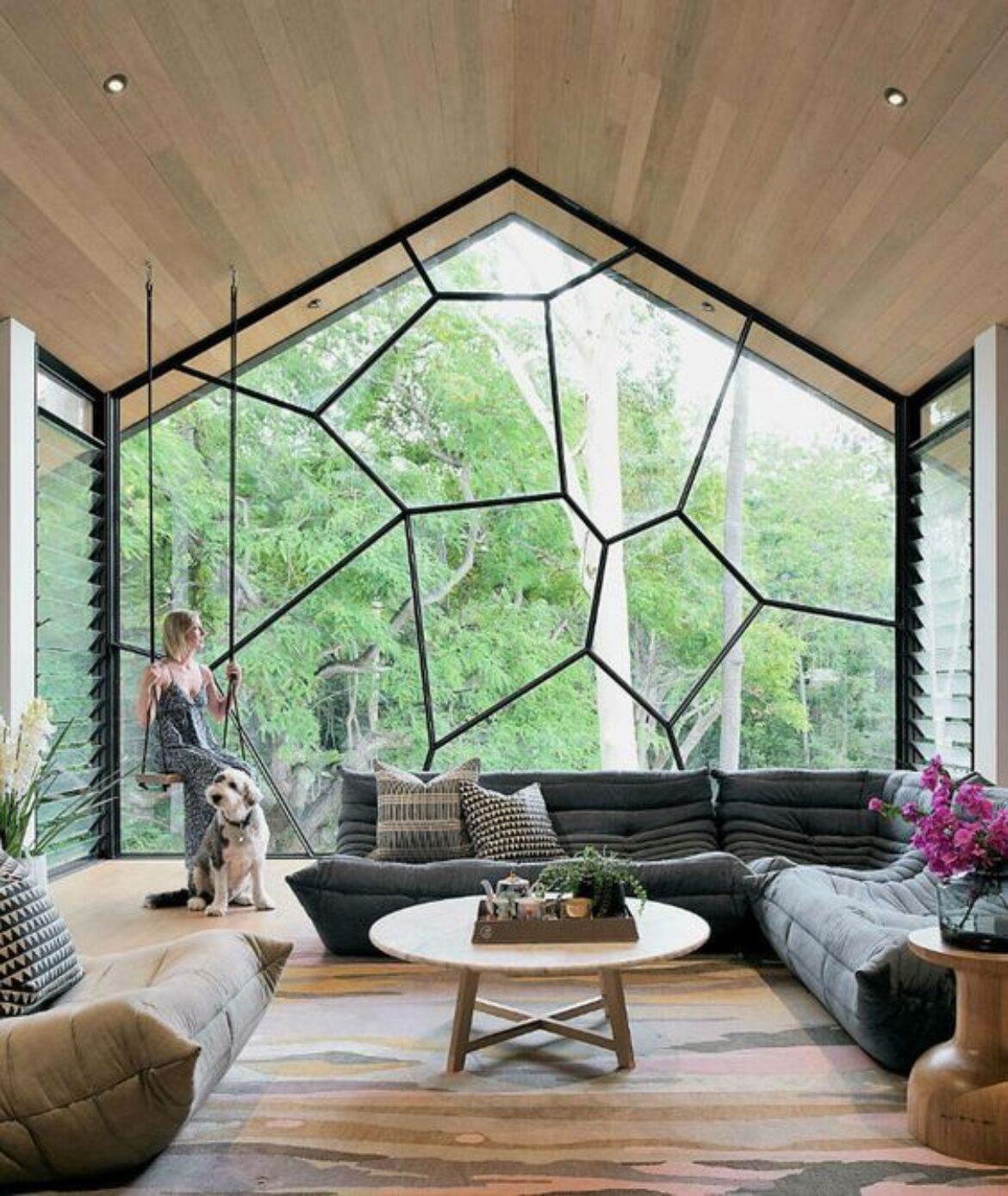
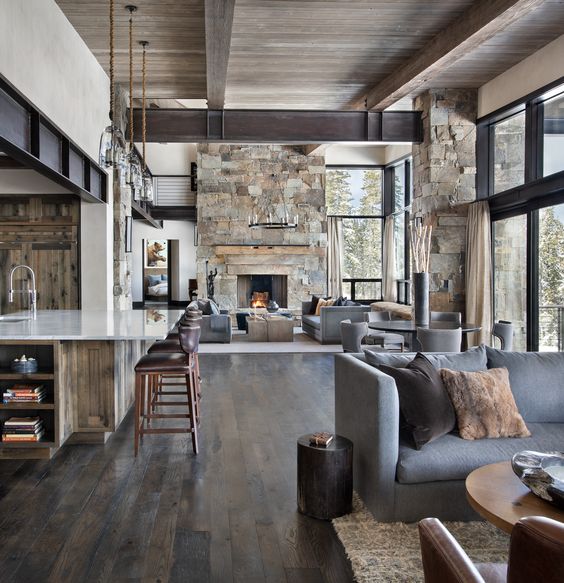
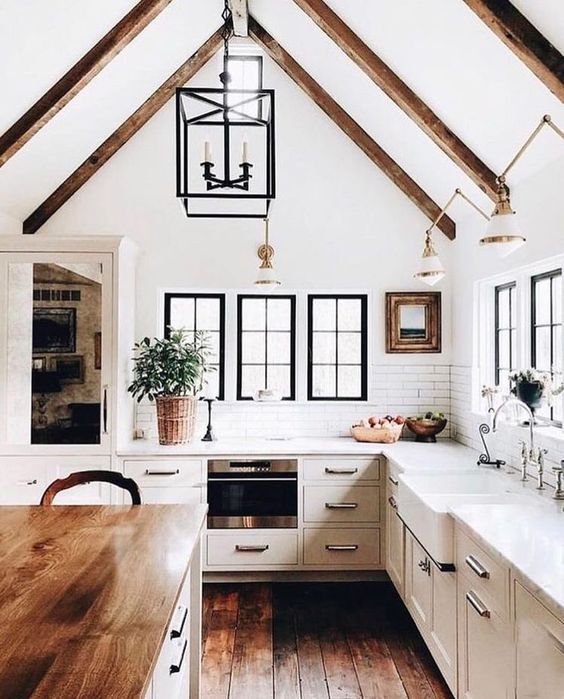
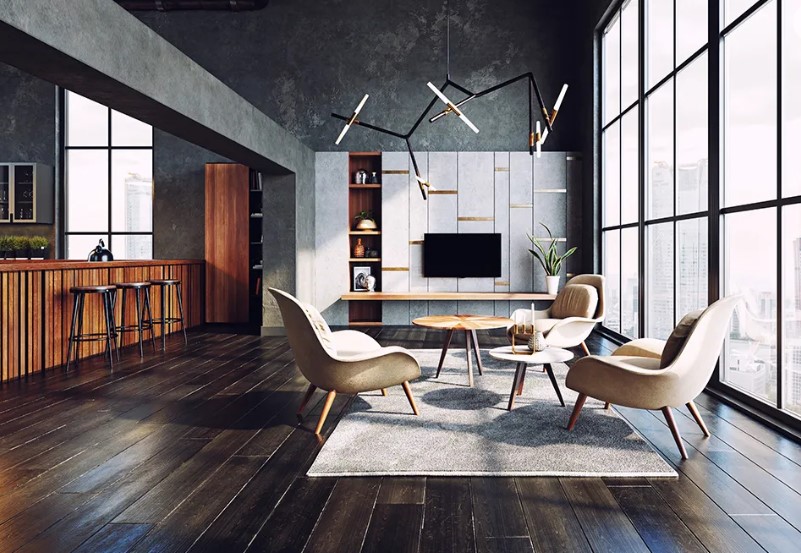
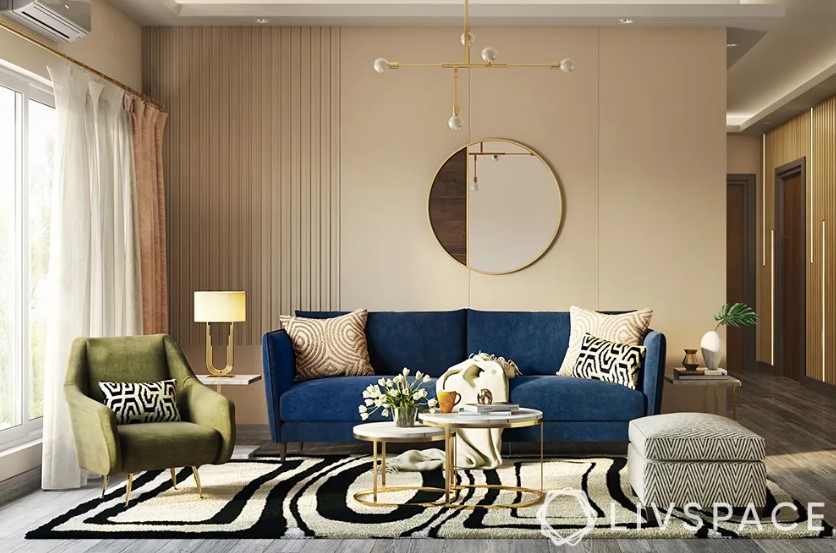
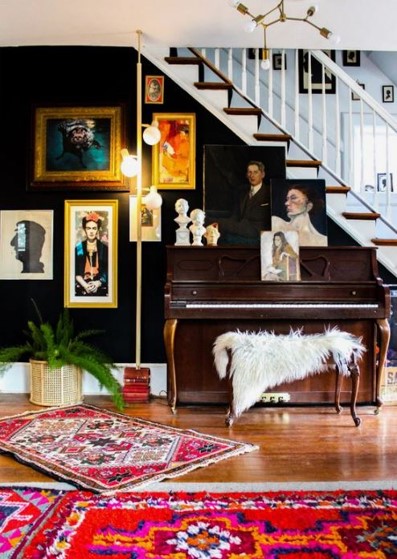
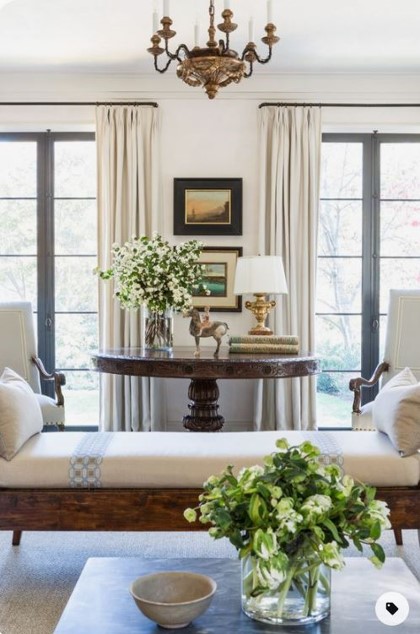
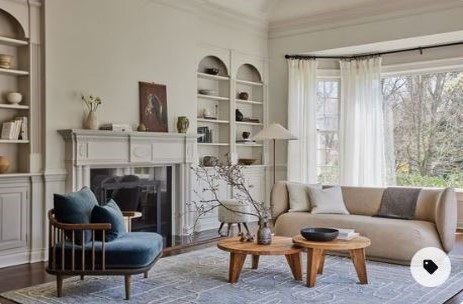
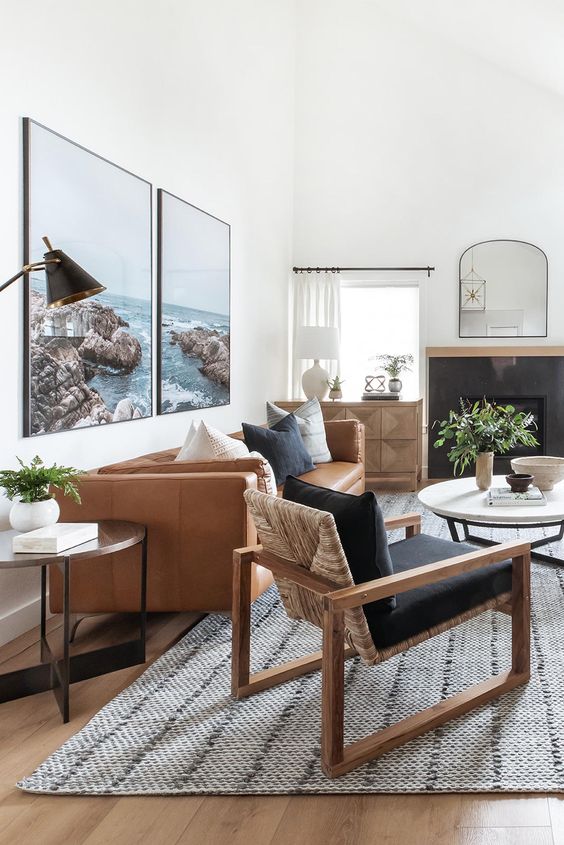

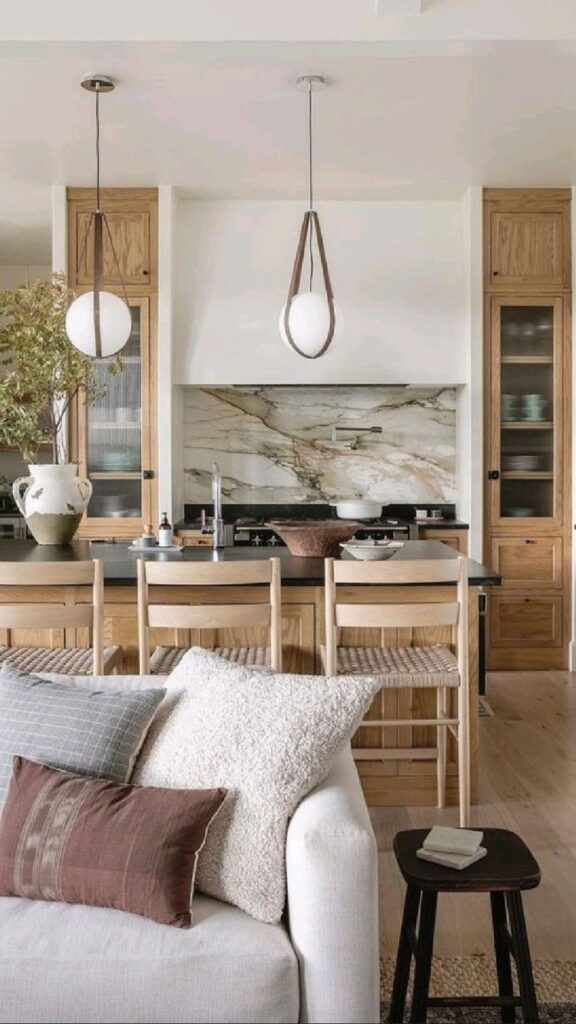
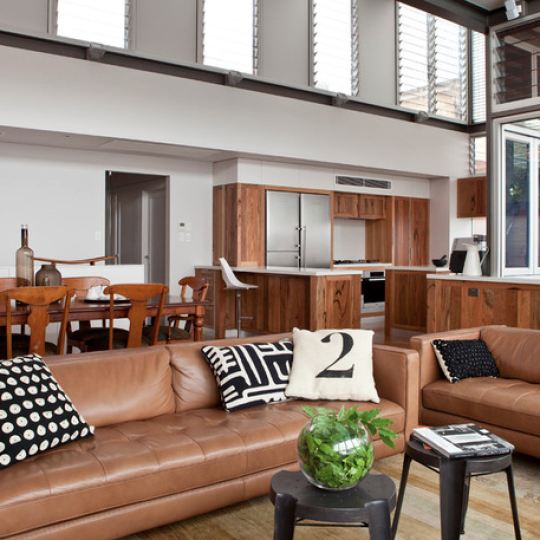
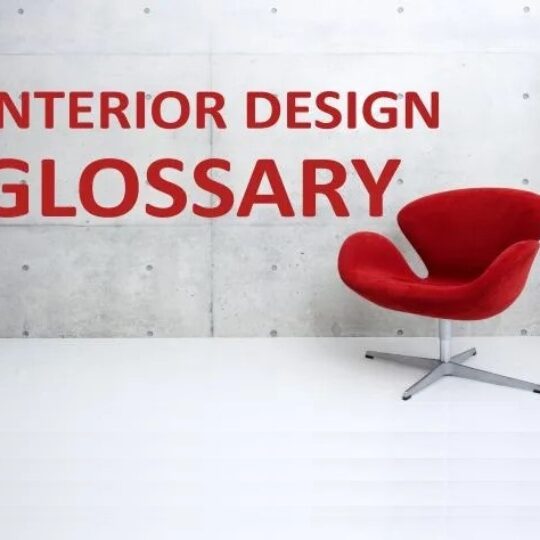
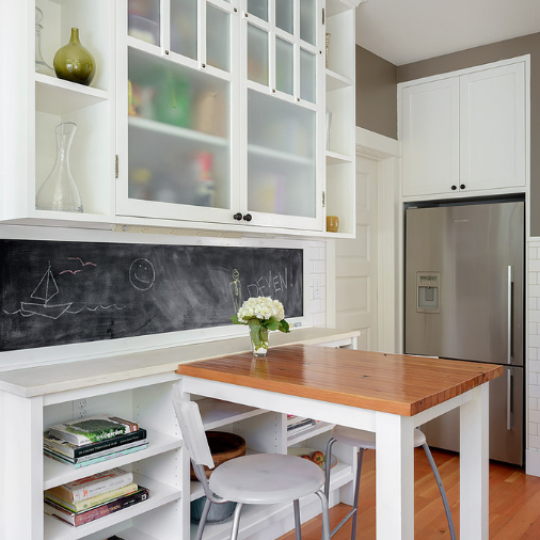





Sorry, the comment form is closed at this time.